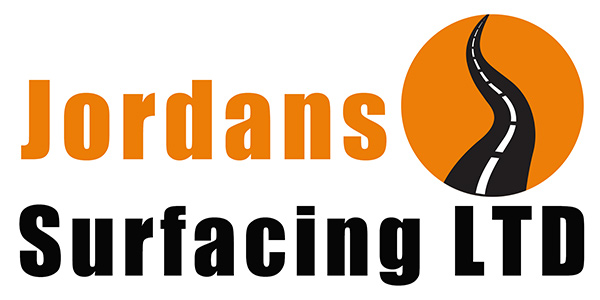Roadway and parking lot security is a top priority. Therefore, the kind of pavement used may have a major impact on many factors, including the frequency and severity of accidents, traffic movement efficiency and pedestrians’ security. Tarmac, commonly known as asphalt, has several useful properties that make these regions safer to walk and drive.
Skid Resistance
The special qualities of tarmac make it a great surface for preventing slips and falls. Tarmac’s textured surface generates friction, enhancing tyre traction. Particularly useful in slippery or rainy weather, this traction allows drivers to keep their cars under control. Tarmac helps reduce the possibility of accidents since it makes driving more stable.
Clear Markings
Traffic and pedestrian safety depend on road markers that stand out clearly and are easy to read. Zebra crossings, lane dividers and other traffic signs mark important intersections and crossroads. Therefore, clearly defined marks improve safety by eliminating room for misinterpretation and mishaps. The efficiency of traffic and the security of pedestrians and drivers benefit from well-maintained road markings.
Effective Drainage Systems
Tarmac incorporates drainage features that prevent the accumulation of water on road surfaces. So, proper drainage is crucial for reducing the risk of aquaplaning, where a layer of water separates the tires from the road, leading to loss of control. Efficient drainage systems in tarmac help maintain safe driving conditions, even during heavy rain or flooding.
Reflective Properties
Tarmac’s reflecting qualities are particularly helpful for nighttime drivers. These coatings improve the readability of road markings and other traffic indicators by reflecting vehicle headlights. Reflective road studs and pavement reflectors increase visibility, particularly in low-light settings, improving safety.
Safety Considerations for Pedestrians
Pedestrian safety must be a top priority in parking garages and walkways. Pedestrian crossings, handicapped access and other safety features may all be included in a tarmac road’s layout. Tarmac contributes to a pedestrian-friendly environment by providing well-kept and well-defined surfaces, lowering the likelihood of accidents and facilitating easy navigation.
Maintenance and Durability
Protection benefits from tarmac surfaces only last as long as they are properly maintained and in good condition. Routine inspections, repairs and resurfacing are essential to resolve surface defects and maintain the appropriate skid resistance. Tarmac can endure high traffic volumes and weather conditions, making it a safe and dependable paving option.
Conclusion
The safety features of tarmac make driving and parking far less dangerous. Tarmac is reliable for construction projects because of its slip-resistance, drainage and reflective properties. Even the tarmac may be improved for pedestrian use. If property owners, facility managers and city planners keep their tarmac surfaces in good condition, they may endure longer and be safer for pedestrians.

